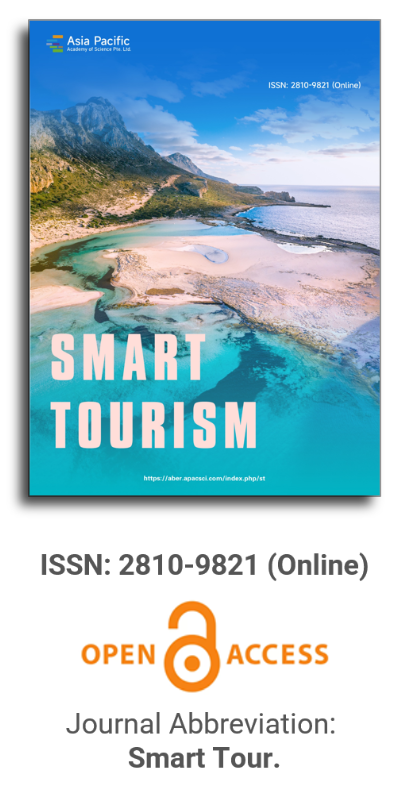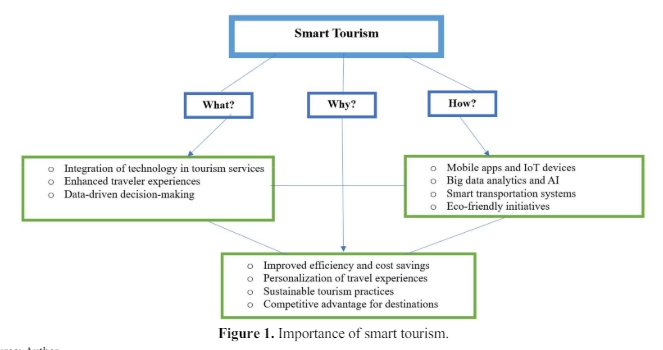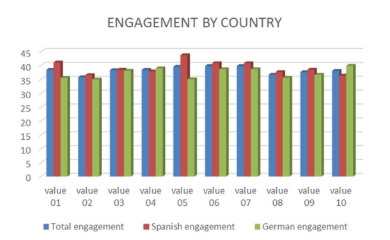


Assessment of the resilience of urban tourism flow network structure based on the impact of COVID-19: A case of Chongqing
Vol 3, Issue 2, 2022
Download PDF
Abstract
Based on the change data of network comments of tourist attractions in the central urban area of Chongqing from 2019 to 2021, the urban tourism flow network of Chongqing before and after the epidemic was constructed in stages based on the gravity model. And from the three dimensions of resistance, resilience and adaptability, the six measurement indicators of network load, stability, growth, hierarchy, matching and transmission are evaluated. The results show that: 1) Although the comprehensive indicator of network load of urban tourism flow in Chongqing is seriously impacted by the COVID-19 pandemic, the network structure of tourism flow has obvious resilience in the indicators of stability and growth. 2) COVID-19 helps to force the optimization of tourism flow network structure. The hierarchy of the urban tourism flow network structure in Chongqing tends to be flat, and the indicator of assortative shows obvious heterogeneity characteristics. 3) Transmission is a weak link in the network structure of urban tourism flow in Chongqing, which needs to be further optimized.
Keywords
References
Refbacks
- There are currently no refbacks.
Copyright (c) 2022 Zhangjun Wang, Xiaoman Zhou, Zhongquan Fang
License URL: https://creativecommons.org/licenses/by/4.0

This site is licensed under a Creative Commons Attribution 4.0 International License (CC BY 4.0).

Prof. Hung-Che Wu
Nanfang College, Guangzhou
China
Indexing & Archiving
Asia Pacific Academy of Science Pte. Ltd. (APACSCI) specializes in international journal publishing. APACSCI adopts the open access publishing model and provides an important communication bridge for academic groups whose interest fields include engineering, technology, medicine, computer, mathematics, agriculture and forestry, and environment.



.jpg)
.jpg)

.jpg)

